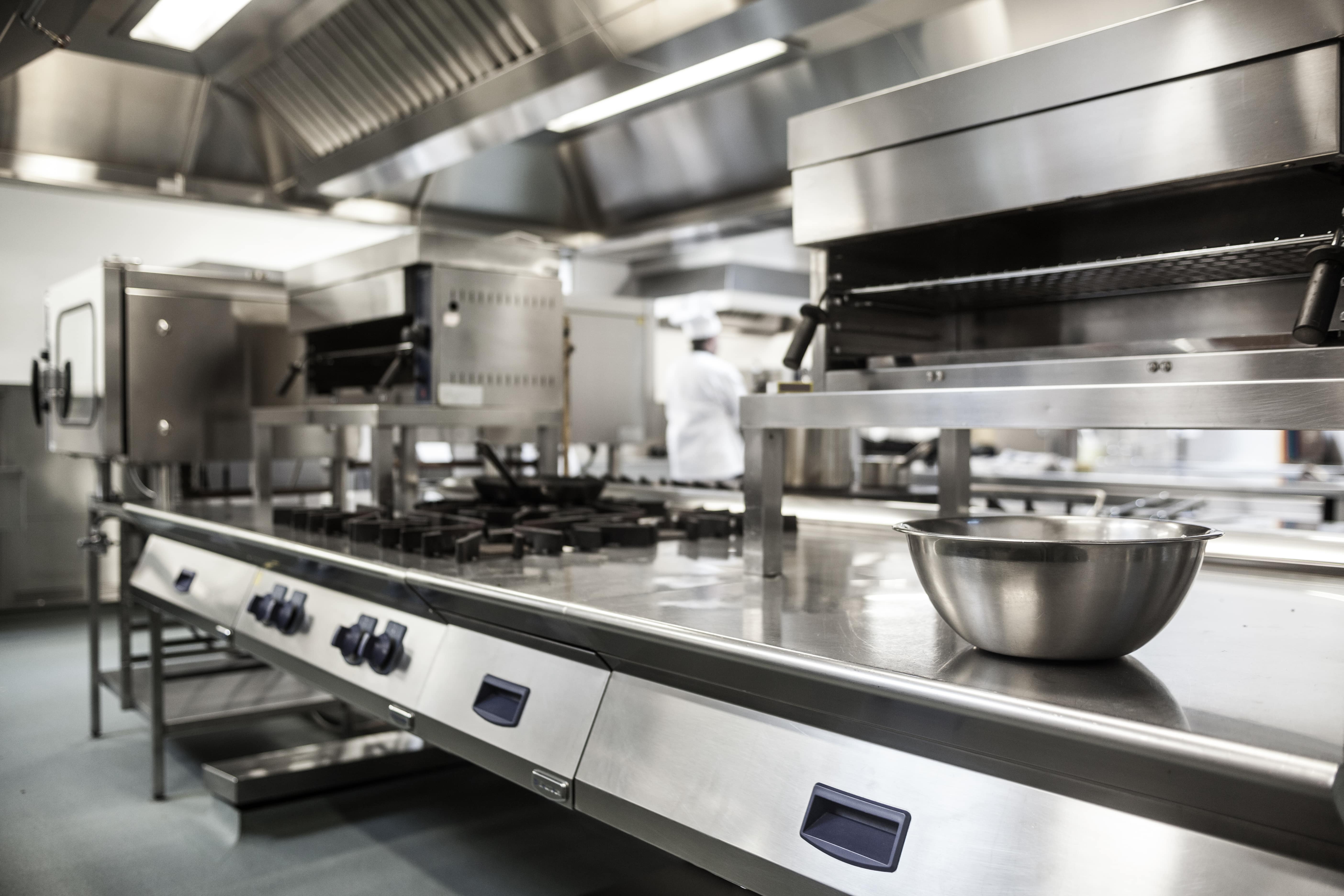
In the fast-paced world of the foodservice industry, time is of the essence. Restaurants, hotels, and other establishments rely on efficient kitchen operations to promptly deliver high-quality meals to their customers. A key factor that significantly impacts these operations is the layout of the commercial kitchen. A well-designed kitchen layout can streamline workflow, enhance productivity, and lead to a more profitable business. This blog will explore the importance of smart commercial kitchen layouts and how they can unleash efficiency in your foodservice establishment.
The Foundation of Efficiency: Understanding Workflow
Before diving into the specifics of a smart commercial kitchen layout, it is crucial to understand the concept of workflow. Workflow refers to the sequential tasks and processes that occur in a kitchen, from food preparation to plating and serving. Any inefficiencies in this flow can disrupt the entire operation and reduce productivity. An optimized kitchen layout takes into account the natural flow of work, minimizing movement and maximizing efficiency.
Designing for Functionality: Key Components of a Smart Commercial Kitchen Layout
Zoning for Different Functions
One crucial aspect of optimizing workflow is zoning. By dividing the commercial kitchen into designated areas depending on their functions, each task can be performed without interfering with others. Common zones include food prep, cooking, plating, and dishwashing. Designing a kitchen layout that facilitates seamless movement between these zones ensures efficiency, minimizing the time taken to complete each step of the process.
Work Triangle
The work triangle concept is another essential consideration in commercial kitchen design. The work triangle consists of three primary workstations: the cooking station, the preparation station, and the storage station. These workstations should be triangular, with enough space in between to enable smooth traffic flow. This arrangement enables cooks to move quickly between tasks and reduces unnecessary steps.
Ergonomics
Ergonomics is vital in any commercial kitchen, as it focuses on creating a workspace that is efficient, comfortable, and safe for staff members. Designing workstations at the optimal height, placing commonly used tools within reach, and incorporating anti-fatigue mats can significantly enhance productivity and reduce the risk of strain or injury.
Optimal Space Utilization: Streamlining Efficiency in Commercial Kitchen Layouts
Minimizing Wasted Space
Efficient kitchen layouts maximize the use of available space, minimizing wasted areas. Wall shelving, overhead storage, and thoughtful pantry organization are just a few ways to maximize storage capacity. Additionally, implementing space-saving equipment like compact cooking appliances and multi-functional workstations can open up more room for movement and workspace.
Strategic Equipment Placement
Strategically placing equipment in a commercial kitchen layout can significantly impact workflow. For example, locating the primary cooking equipment near the food prep area and ensuring easy access to essential tools and ingredients can save significant time in food production. Moreover, considering factors such as ventilation, safety, and usage frequency when positioning equipment can further optimize the kitchen’s efficiency.
Smart Kitchen Technology: Enhancing Efficiency
Automation and Integration
Incorporating smart kitchen technology can take efficiency to the next level. Automation and integration systems can streamline processes, reduce human error, and free up staff time for more critical tasks. From automated temperature control to inventory management systems, embracing technology can revolutionize your kitchen’s efficiency and keep up with the rapidly evolving industry.
Touchless Technology
In light of the COVID-19 pandemic, touchless technology has become increasingly important in commercial kitchens. Implementing touchless systems for faucets, dispensers, and appliances promotes sanitary practices, reduces the risk of contamination, and ensures the safety of both staff and customers.
Contact Mathias FoodService Equipment and Design
Efficiency in a commercial kitchen goes beyond speed and productivity; it directly impacts the overall success of a foodservice establishment. A smart commercial kitchen layout that optimizes workflow, utilizes space effectively, and embraces technology can unleash unparalleled efficiency. Mathias FoodService Equipment and Design understands the importance of a well-designed kitchen and offers comprehensive solutions to transform your kitchen into an optimized powerhouse. Visit our website to contact our team of experts to learn how to unlock your commercial kitchen’s full potential.
Experience the power of efficiency with Mathias FoodService Equipment and Design. Contact us today to unleash the true potential of your commercial kitchen. Visit our website to explore our range of products and services tailored to improve your foodservice operations.

